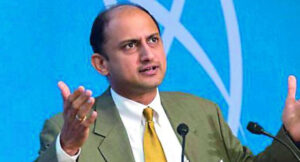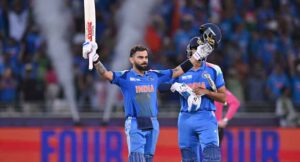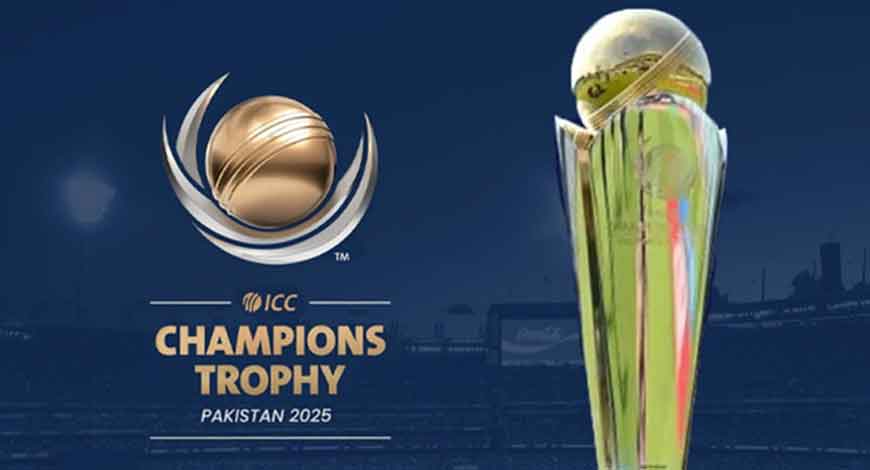US President Donald Trump’s threats to hike tariffs aren’t all bad news for India’s economy. They’re driving the government to lower trade barriers, which will spur competition and growth.
That’s the view of Viral Acharya, a former central bank deputy governor, who says greater competition means Indian firms will be forced to raise their standards to take on global rivals. That, in turn, means higher quality jobs and a larger manufacturing base, he said.
Trump has threatened to impose reciprocal tariffs on countries from April 2, effectively raising taxes on imports to the US to the same level that a trading partner imposes on American goods. Economists estimate that India would be one of the worst hit by the reciprocal tariffs given the wide differential of about 10 percentage points in average import duties between the two countries.
India’s government has already taken steps to ease tariffs, making significant cuts in February, and discussing reducing import taxes on US goods ranging from cars to chemicals and electronics.
Commerce Minister Piyush Goyal was in the US last week to hold talks with his US counterpart Howard Lutnick and other Trump officials on a multi-sector trade deal. The US president said Friday India was ready to make deeper tariff cuts.
Acharya, who was a deputy governor at the Reserve Bank of India between 2017 and 2019, said large Indian firms that had benefited from the protectionist measures will initially lose some value, but the economy will benefit overall.
“In a competitive market, companies should not be making fat margins unless they are the most efficient provider of that service or good,” he said.
Indian businesses, not just the big firms, are capable of competing with the best globally but that will require investments in efficiency and productivity, he said.
“Unless we subject them to this competition, we will never see their best,” he added.
‘Big Five’ Firms
Acharya, now director of doctoral education at NYU Stern School of Business, has previously argued for breaking up India’s biggest conglomerates. In a paper in March 2023, he said India’s “Big 5” firms — Reliance Group, Tata Group, Aditya Birla Group, Adani Group and Bharti Telecom Ltd. — had grown at the expense of smaller local firms, while the government’s “sky-high tariffs” have shielded them from competition from foreign firms.
Indian firms are “smart enough to innovate if they are put under pressure. And they will regain some of their mojo thereafter,” Acharya said in the interview.
Opening the economy to foreign firms may not just result in direct competition, but “it may lead to substantial knowledge transfer as strategic partnerships are formed with foreign players,” he said. “Eventually, some global giants will emerge from that process.”
To minimize the impact on Indian industries, Acharya suggested lowering tariffs in phases with clear communication about the end goal. If the policy path is predictable, businesses will invest in efficiency, innovation, and focus on upskilling their workers, he said.
Prime Minister Narendra Modi earlier this week urged Indian businesses to take advantage of the changing global landscape to invest more, calling it a “big opportunity” for them.
Although governments use protectionist measures to support their domestic industries and workers, Acharya said concerns about job losses if trade barriers are taken down are not backed by evidence.
“There is no evidence that when we opened up in the 1990s, we killed jobs,” he said. “It was not true in the nineties, it was not true in the 2000s.”
Instead, greater competition will boost private capital spending and productivity, and spur growth. It will also result in more higher-skilled jobs and raise domestic consumption.
“And that is the transformational change India needs at the moment,” he said. “It is just a version of what worked for us in the 1990s and 2000s.” Bloomberg









